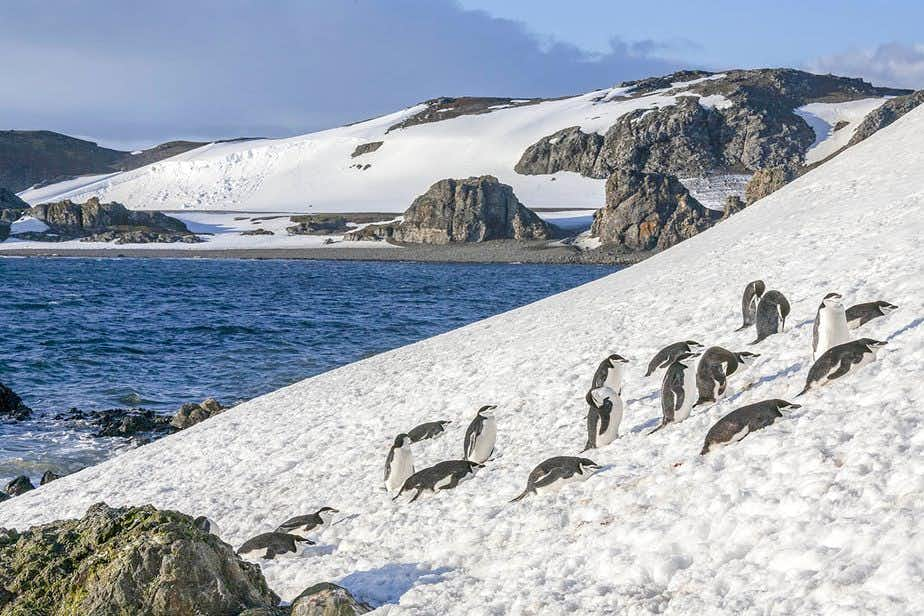Login
No account yet?
Create Account
South Shetland Islands
The past of the whalers is still very evident here
0 travellers have this on their Bucket List
0 been here
You’ll pass the South Shetland Islands if you are on a cruise to Antarctica. These islands are rugged with an even more rugged whaling past, even still to this day.
The South Shetland Islands are part of the continent of Antarctica. The islands have played an important role in the whaling industry.
Deception Island
Most evidence of the area’s whaling past can be found on Deception Island, a small island in the east of the South Shetland Islands. It was an important base for the whalers in the 20th century.
Whalers Bay
Whalers Bay is still used by Japanese scientific researchers. Its name, Whalers Bay, the name speaks for itself. There are also many remains of scientific stations.
Elephant Island
Elephant Island in particular is rugged, steep and beautiful to see. Especially when the sun is low. And completely covered in ice. The name comes from the shape of the island, but also because of the many elephant seals that came here. The animals were seen here as early as 1821, making it one of the first encounters with these animals.
Animals on South Shetland Islands
On the South Shetland Islands you can see the Adelie Penguin and the Chinstrap Penguin, among others. Often in fairly large numbers. The Atlantic Fur Seal is also often seen. This is a rude, mischievous and noisy animal. In the sea you have a fair chance of spotting a blue whale, the largest animal on Earth.
Visiting South Shetland Islands
The South Shetland Islands are about 120 kilometers north of the Antarctic Peninsula, and you can only get here by cruise ship.
0 travellers have this on their Bucket List
0 been here


